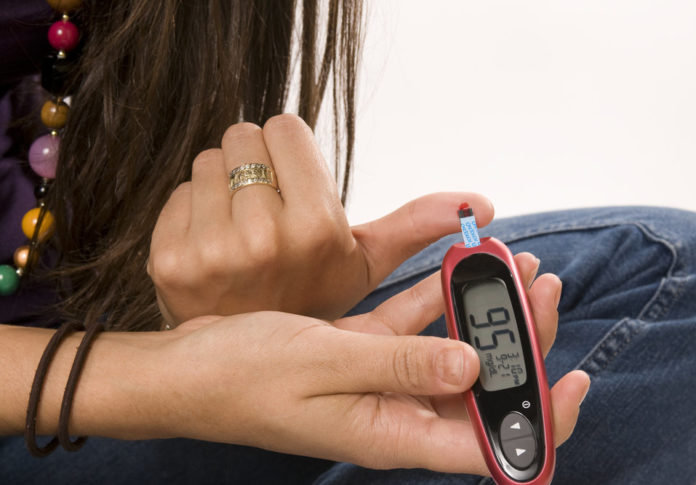Self-monitoring delivers considerable savings on the overall costs of type 2 diabetes care
Self-monitoring of type 2 diabetes used in combination with an electronic feedback system results in considerable savings on health care costs. A new study from the University of Eastern Finland that revealed this could have fresh insights for India’s financially constrained public health system grappling with a huge diabetes burden. There are approximately 70 million diabetics in India.
Self-monitoring delivers considerable savings on the overall costs of type 2 diabetes care, as well as on patients’ travel costs. Glycated hemoglobin testing is an important part of managing diabetes, and also a considerable cost item. By replacing half of the required follow-up visits with self-measurements and electronic feedback, the annual total costs of glycated hemoglobin monitoring were reduced by nearly 60 per cent. This brought the per-patient cost down from 280 EUR (300 USD) to 120 EUR (130 USD).
This brought the per-patient cost down from 280 EUR (300 USD) to 120 EUR (130 USD).
With fewer follow-up visits required, the average annual travel costs of patients were reduced over 60 per cent, from 45 EUR (48 USD) to 17 EUR (18 USD) per patient. The study was published in the International Journal of Medical Informatics.
Carried out in the region of North Karelia in Finland, the study applies geographic information systems (GIS) -based geospatial analysis combined with patient registers. This was the first time the costs of type 2 diabetes follow-up were systematically calculated over a health care district in Finland.
The study analysed 9,070 patients diagnosed with type 2 diabetes. Combined travel and time costs amount to 21 per cent of the total costs of glycated hemoglobin monitoring for patients with type 2 diabetes.


